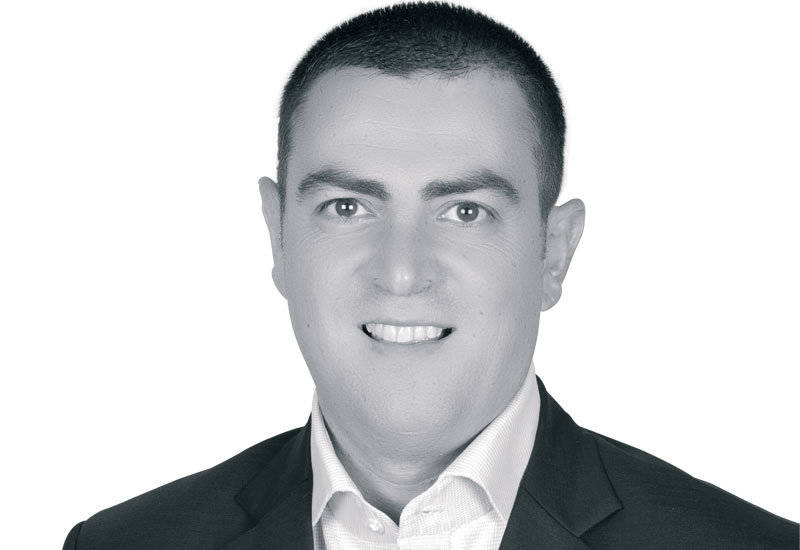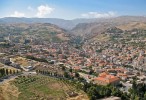Rixos Hotels vice president Naim Maadad reports from the third annual SpaChina Summit, which was held at the Mandarin Oriental Hotel in Sanya and hosted by SpaChina magazine
I was excited to be part of the speaker panel for the third annual ChinaSpa Summit, which focused on both orienting some 200 spa managers on both the current Chinese spa industry and exploring international spa trends.
Graham Earnshaw, CEO of SinoMedia and the publisher of SpaChina, started the event with a short speech about the growing opportunity in China. Earnshaw has been living in China for about 30 years, long enough to be fluent in Mandarin and also to be aware of the evolution of the country, especially in the last 10 years. He noted that the 10-20% annual growth of the economy can’t be sustained over the long term, but still sees potential for the creation of both day and hotel spas to meet the needs of the country’s emerging middle class.

Advertisement
Asia-Pacific spa pioneer and Asia Pacific Spa & Wellness Council (APSWC) board member, Samantha Foster, gave a presentation on the power of associations, based on a SWOT analysis. Although associations can be difficult to sustain, largely due to the low funds and volunteer membership, they are important for building networks and strengthening relationships between like-minded individuals and companies within an industry. It seems that almost every country in the Asia-Pacific region has its own spa association, and the APSWC aims to link the various country associations (currently numbering 17) and to help preserve indigenous spa and wellness practices from the member nations.
Representatives from all regions said they had seen a slowdown as a result of the economy in the last 18 months, but feel like business is on the upswing once again. The problems Chinese spas face are not unlike those in many other countries; seasonal business, lack of standards and not enough qualified staff, or schools, to train them.
The presentation schedule for the second day of the Summit was oriented to international spa trends and Geraldine Howard, founder and CEO of Aromatherapy Associates, got the debate going with a presentation entitled ‘Trends towards Natural Ingredients’. Howard is an ideal person to give this presentation, given her extensive research into natural ingredients and their use for her product line.
Howard discussed the international definitions of “natural” and “organic,” and how they applied to cosmetics. One of her many enlightening statements was the fact that the USDA Organic label does not apply to the ingredients of water or salt. Surprising, since a large percentage of many cosmetic products is water! Howard also made the important point that just because a product is natural, does not make it safe; i.e. arsenic and other dangerous natural ingredients.
She also reviewed the current arguments concerning preservatives, and stressed their importance in spa environments, which are perfect breeding grounds for bacteria. Another thing to consider is that while a product itself might be qualified as “green,” issues such as product transportation, manufacturing processes, and the carbon footprint of suppliers and producers impact the environment as well.
The session on ‘Branding and Marketing a Good Spa’ by Samantha Foster was a topical subject in a market that is very brand-driven — not dissimilar from the Middle East. Foster discussed brand attributes, and the role that spa brands have played in consumer choice. She showed how branding is evident in more than just signage; it should be woven through your facility, staff, design and rituals. She also gave attendees a five-step guideline to follow when working on their own brand creation: 1) Differentiate; 2) Collaborate; 3) Innovate; 4) Validate; and 5) Cultivate.
To conclude, Lisa Starr from SpaTrade tried to define the size of the current spa population, and gave the estimation of 80,000 spas worldwide; about 24,000 each in Europe, Asia-Pacific and North America, and the rest in Latin America, MENA and Africa. Of these, less than 6% are considered medical spas, and 2% destination spas.
Starr said she had heard during many of the regional Chinese presentations that there was a lot of confusion for consumers about what is a spa and what is a salon, and shared that this is no different elsewhere in the world. However, that is not likely to end any time soon, as spas are moving away from just offering the bread-and-butter massages and facials and integrating other components of healthcare and wellness, such as yoga, acupuncture, spiritual counselling, meditation, spa cuisine, and other more esoteric services.
We are also beginning to see spas specialising to a target audience, such as Inspiritas Spa, recently opened in San Antonio, which offers services and products that predominately cater to cancer patients and survivors. Whatever the focus, Starr urged the audience to remember the elements that comprise a spa; quality customer service, ergonomic design, retail options, and ambience. Following her presentation, we enjoyed a panel discussion with five Chinese spa experts discussing customer service in spas. The problems they face were familiar: lack of qualified staff and training, and cultural and language gaps.
The Chinese spas are aware of what they need to do to improve, and only a shortage of people stands in their way.









 Search our database of more than 2,700 industry companies
Search our database of more than 2,700 industry companies









